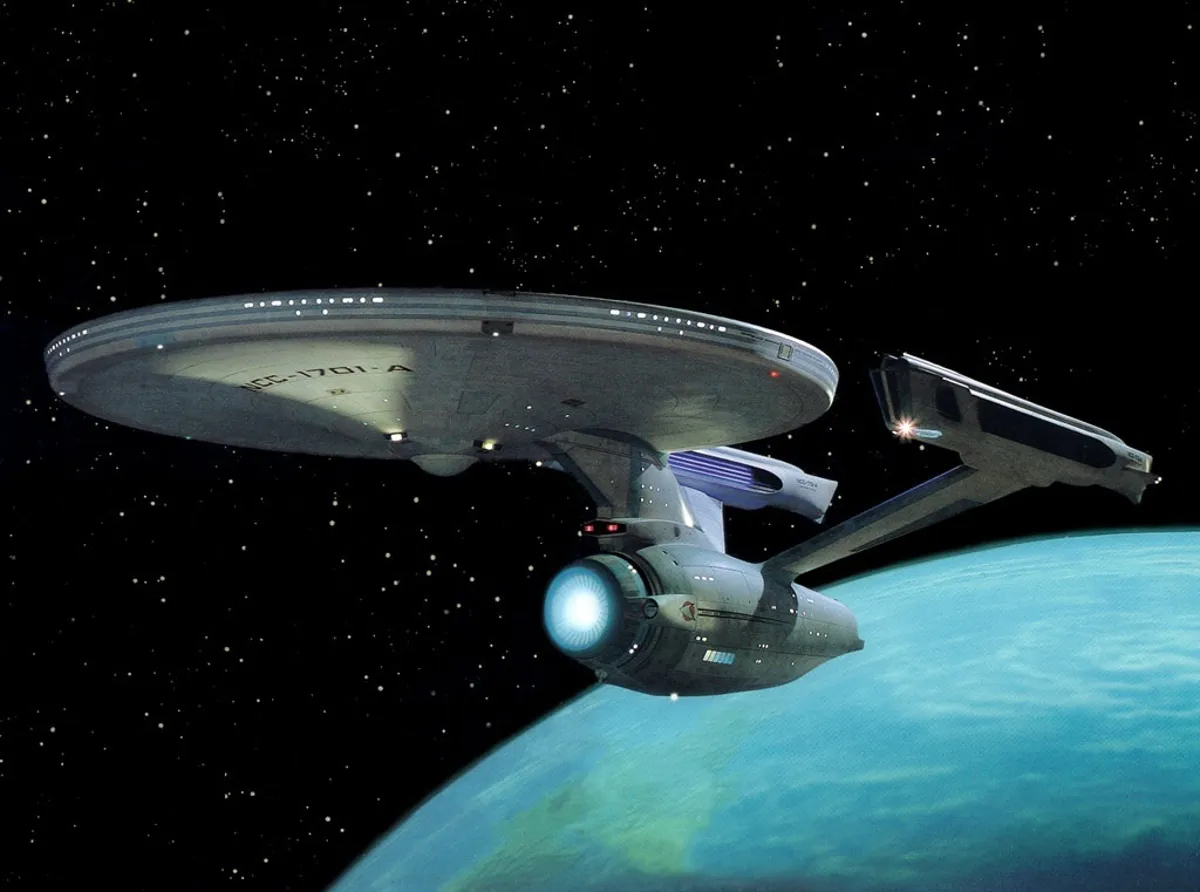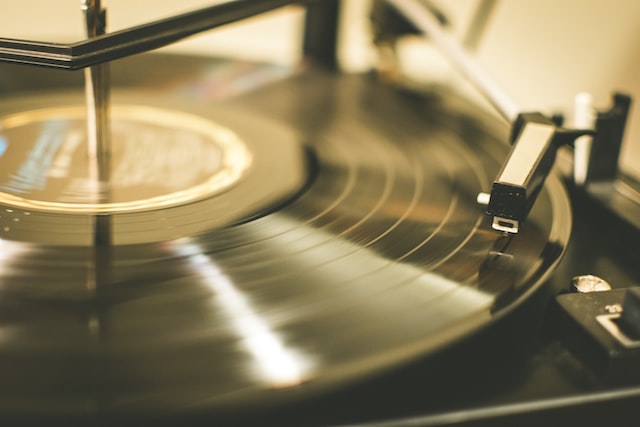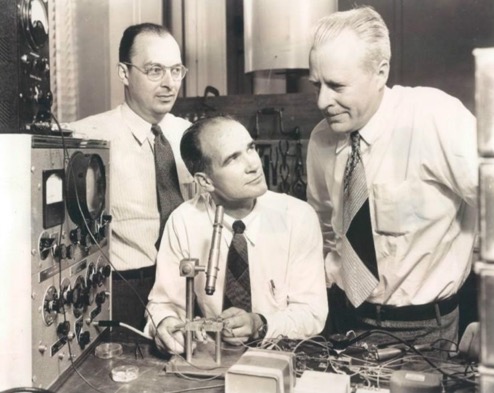

- © 2003 - 2025 Dynamix Productions, Inc. Contact Us 0



I'm a self-professed nerd and "Trekkie" so it's hard to contain my excitement with the current resurgence of Star Trek in our living rooms. My earliest memories of Star Trek are from the last season of the original series (that's TOS for you non-Star Trek nerds). During that slow march to the gallows, dimwitted network muckity-mucks sentenced Star Trek to their weakest time slot: Friday nights at 10 PM. The resulting low ratings provided the perfect excuse to torpedo the show they hated and misunderstood. But for a 7 year old who had seen 2001: A Space Odyssey and was witnessing the race to the moon, the move to Friday night was the opportunity to finally watch the show all the other nerds at school were talking about. It was a hard sell to convince my parents to let me stay up that late, but my science fiction loving Mom tipped the scales in my favor.

Arthur Haddy may not a household name, but his achievements are. Haddy is considered by many to be the "father of hi-fi." He may single-handedly be responsible for some of the greatest consumer audio advancements of the late 20th century: High-fidelity recordings, Stereo LPs, and Cassette Dolby noise reduction.

"If we knew what it was we were doing, it would not be called research, would it? "
Albert Einstein
Bell Labs was born more than a hundred years ago out of the need to improve the nascent telephone. It grew into a pure research facility that made an astounding number of scientific discoveries, improved or invented new technologies, and even influenced art and music.

"Cooking is like music: you can tell when someone puts love into it.”
Taylor Hicks
The transition from mono to stereo music recordings in the late 1950s had its challenges. Find out how Rudy Van Gelder and other recording engineers worked out the details.
Read More...